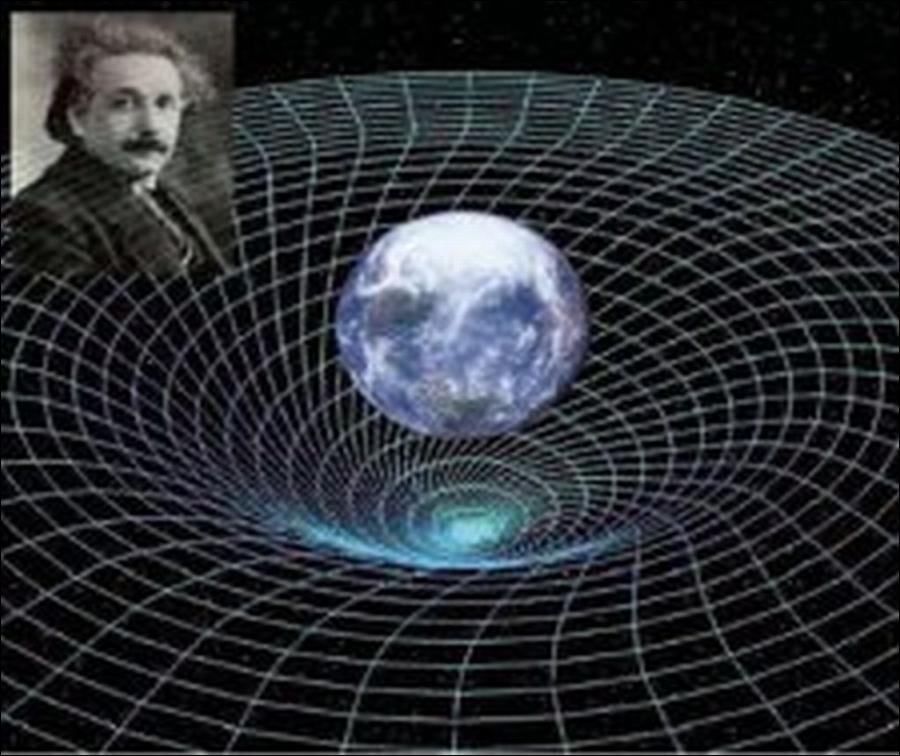The theory of quantum mechanics is one of the most successful in all of science. It explains the behaviour of very small objects, such as atoms and their constituent fundamental particles. It can predict all kinds of phenomena, from the shapes of molecules to the way light and matter interact, with phenomenal accuracy.
Quantum mechanics treats particles as if they are waves, and describes them with a mathematical expression called a wave function.
Perhaps the strangest feature of a wave function is that it allows a quantum particle to exist in several states at once. This is called a superposition.
But superpositions are generally destroyed as soon as we measure the object in any way. An observation “forces” the object to “choose” one particular state.
This switch from a superposition to a single state, caused by measurement, is called “collapse of the wave function”. The trouble is, it is not really described by quantum mechanics, so no one knows how or why it happens.
In his 1957 doctoral thesis, the American physicist Hugh Everett suggested that we might stop fretting about the awkward nature of wave function collapse, and just do away with it.
Everett suggested that objects do not switch from multiple states to a single state when they are measured or observed. Instead, all the possibilities encoded in the wave function are equally real. When we make a measurement we only see one of those realities, but the others also exist.
This is known as the “many worlds interpretation” of quantum mechanics. Everett was not very specific about where these other states actually exist. But in the 1970s, the physicist Bryce DeWitt argued that each alternative outcome must exist in a parallel reality: another world.
Suppose you conduct an experiment in which you measure the path of an electron. In this world it goes one way, but in another world it goes another way.
That requires a parallel apparatus for the electron to pass through. It also requires a parallel you to measure it. In fact you have to build an entire parallel universe around that one electron, identical in all respects except where the electron went.
In short, to avoid wave function collapse, you must make another universe.
This picture really gets extravagant when you appreciate what a measurement is. In DeWitt’s view, any interaction between two quantum entities, say a photon of light bouncing off an atom, can produce alternative outcomes and therefore parallel universes.
As DeWitt put it, “every quantum transition taking place on every star, in every galaxy, in every remote corner of the Universe is splitting our local world on earth into myriads of copies.”
Not everyone sees Everett’s many-worlds interpretation this way. Some say it is largely a mathematical convenience, and that we cannot say anything meaningful about the contents of those alternative universes.
But others take seriously the idea that there are countless other “yous”, created every time a quantum measurement is made. The quantum multiverse must be in some sense real, they say, because quantum theory demands it and quantum theory works. You either buy that argument or you do not. But if you accept it, you must also accept something rather unsettling.
The other kinds of parallel universes, such as those created by eternal inflation, are truly “other worlds”. They exist somewhere else in space and time, or in other dimensions. They might contain exact copies of you, but those copies are separate, like a body double living on another continent.
In contrast, the other universes of the many-worlds interpretation do not exist in other dimensions or other regions of space. Instead, they are right here, superimposed on our Universe but invisible and inaccessible. The other selves they contain really are “you”.
In fact, there is no meaningful “you” at all. “You” are becoming distinct beings an absurd number of times every second: just think of all the quantum events that happen as a single electrical signal travels along a single neuron in your brain. “You” vanish into the crowd.
In other words, an idea that started out as a mathematical convenience ends up implying that there is no such thing as individuality.
Views: 262




